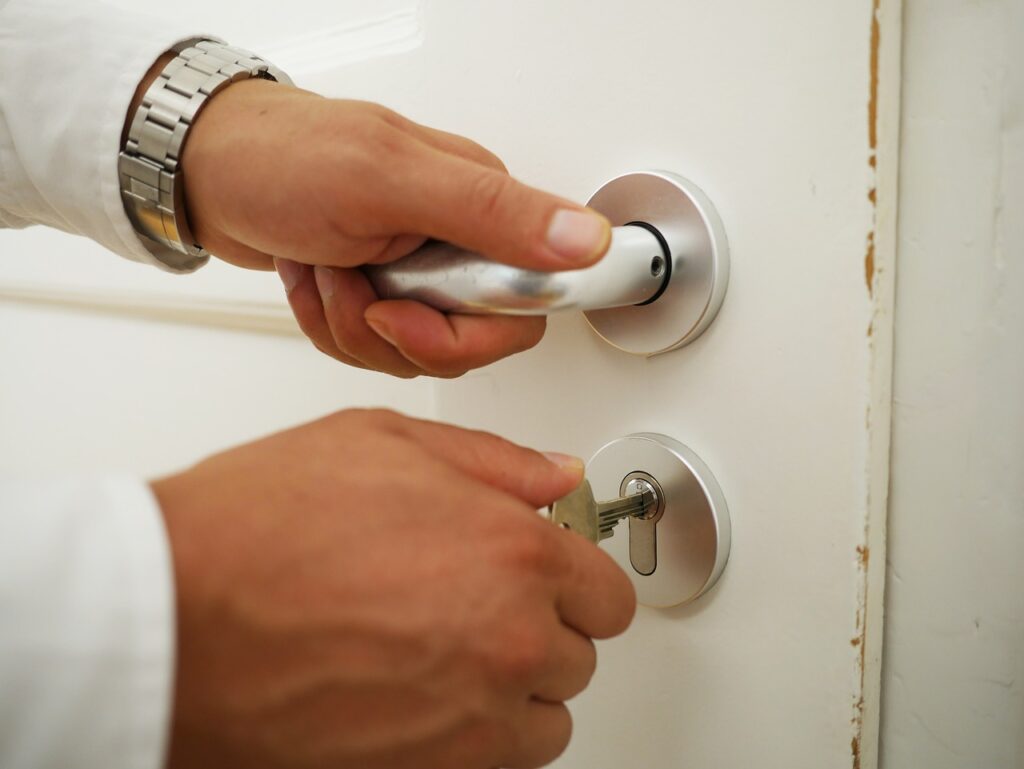
When we talk about home security, there are essentially three levels or stages to consider. Knowing and understanding them will be of great assistance to you as you formulate your own plans. Each one sort of leads to the next.
Deter
This is the first level of home security. The goal here is to convince the burglar or other bad guy to find an easier target. People operate largely on a risk versus reward basis. So here, you want to either increase the perceived risk, reduce the perceived reward, or both.
By installing motion-sensor-activated lights on all sides of your home, you make it more difficult for the burglar to operate in the shadows. Owning a dog also greatly increases their risk of discovery.
On the flip side, leaving boxes from new electronics purchases sitting at the curb advertises what waits inside the house for the enterprising burglar. Reduce the perceived reward by keeping such purchases low-key and cutting up the boxes for the recycle bin.
Oh, and those clever stickers and signs that say things like, “This property is protected by Smith & Wesson,” aren’t quite the deterrent you may think they are. All they accomplish is advertise that there are firearms inside the home and thus increase the perceived reward.
Delay
At this stage of the home security plan, you want to increase the amount of time it would take for the bad guy to reach their objective while also reducing the amount of time it takes for you to become aware of their presence. Home security cameras are great in this regard. Even if you’re away from the house, they can alert you to movement in the home.

Strong locks on doors and windows are also wise, more so if you actually use them. While a good lock won’t necessarily keep them out, it could slow them down.
Don’t leave your garage door open and unattended. It’d be all too easy for someone to walk into the garage and then right into your home.
The point here is to not make it easy for them. Take common sense precautions.
Defend
This is the final stage of the home security plan. If all else fails, you may need to take action against the intruder. In most cases, this likely involves the use of a firearm. Be certain of your target and know what lies beyond.
Divest yourself now of any plans to handcuff or otherwise physically restrain the person. If you’ve never done it, know that it isn’t nearly as easy as it looks on TV, particularly if the person is resisting in any way.

You might want to take some time to review the locally applicable laws related to home defense. Yes, the safety of your family is the most important priority, but if you’re able to accomplish that legally, so much the better.
Once the situation has been resolved, you need to make two phone calls. One is to the police, and the other is to your attorney, not necessarily in that order.



